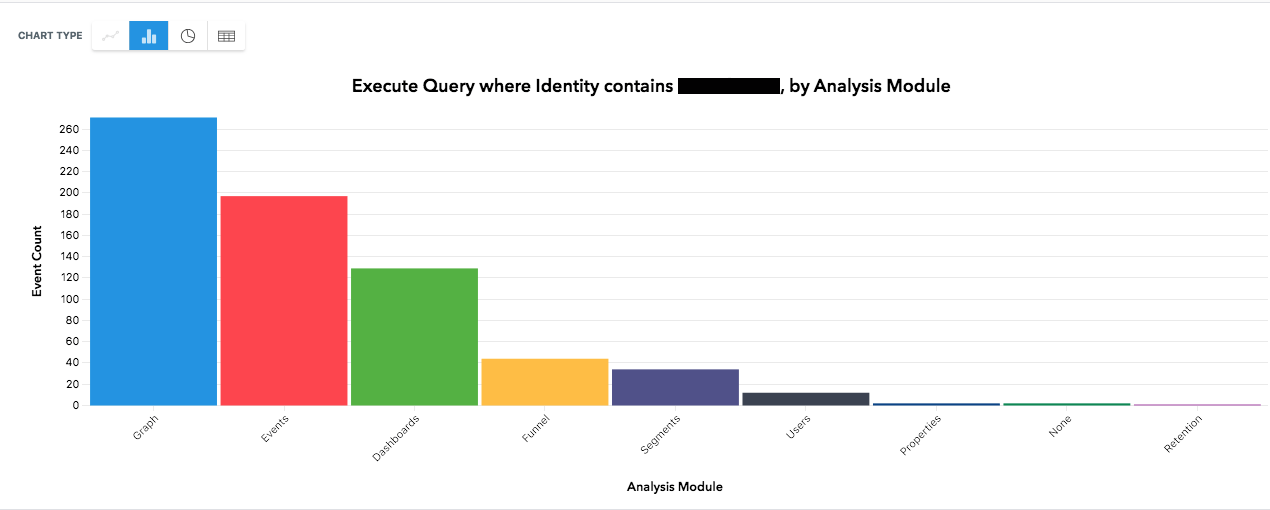How To Get 120% Retention Rates: Account Management at Heap
Here at Heap, a dessert cart rolls around the office every Thursday afternoon. Wheeled around by new hires and executives, the purpose of the dessert cart is to bribe existing employees to get to know their colleagues with an assortment of freshly baked pies, frosting covered cookies, beignets, and slices of cake. In exchange for dessert, the cart pushers demand you answer a thought-provoking question. Last week’s inquiry was, “If you had any superpower (that isn’t being able to fly or being invisible), what would it be?”
The desserts looked incredible, and since wishing that I could become invisible, steal them all, and fly to the beach wasn’t an option, I began to look within…
In the context Account Management, I wish I had the superpower of knowing what my customers are thinking. That way, I could know whether or not they’re finding value, having trouble grasping specific modules, if they intend to renew, and whether my rapport-building quip about the weather succeeded.
If I could read my customers’ minds, I’d know what to suggest without even asking. I’d tell them which features they’re underusing, suggest new features that benefit them and determine which of their users might need training. I’d also understand Heap’s shortcomings without having to ask “So tell me all the things about Heap that aggravate you…”. As Account Managers, we get caught off-guard because of issues or concerns that were not brought up, or because we didn’t think to ask the right question. They can blow up in our faces and derail our day or quarter.
In real life, however, I don’t have any superpowers – so I use Heap instead.
When prepping for a meeting, there are three reports I run to “read the minds” of my customers.
The first one measures engagement over time. This report helps me measure adoption, see how an account is growing, and who the power users are. It also surfaces red flags like inactivity. Understanding level of engagement helps me determine the agenda of a Quarterly Business Review and have an idea of appropriate next steps before we even meet.

The second report examines what main modules the account is using. For example, Customer 1 is great at using Feature X and Y, but hardly ever uses Feature Z. Going into my next meeting with them, I will suggest ways similar companies get value out of Feature Z. Alternatively, I’ll schedule a follow-up training.

The third report alerts me any time that one of my customers’ queries takes too long to run. Luckily at Heap, we have an integration with Autopilot that replies proactively when this happens. If it becomes a recurring issue, I reach out to our Solutions team to fix the problem behind the scenes, without having to hear about it for the first time in a meeting.

In total, these reports take less than 5 minutes to create, and they’re easy to digest. I’m not reading minds here, but this is a lot of insight without having to go back and forth over an email thread or get stuck in the technical weeds during a meeting. These sweet insights are served up in our proverbial dessert cart of a UI and allow me to proactively address issues in meetings, add value with every touchpoint, and never have to ask for sales ops or engineering for help.
The more I think about it, the time saved and value-added might be even sweeter than dessert.
